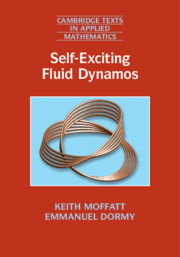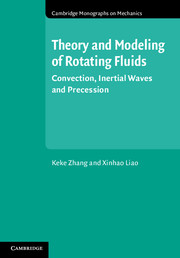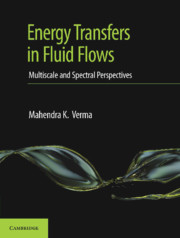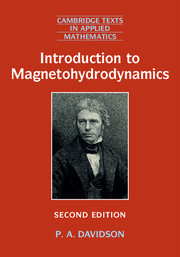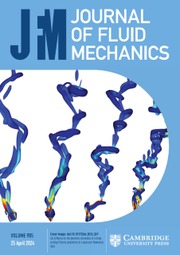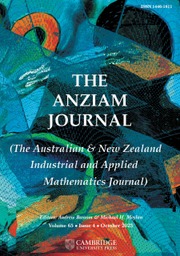Self-Exciting Fluid Dynamos
£51.99
Part of Cambridge Texts in Applied Mathematics
- Authors:
- Keith Moffatt, University of Cambridge
- Emmanuel Dormy, Ecole Normale Supérieure, Paris
- Date Published: April 2019
- availability: In stock
- format: Paperback
- isbn: 9781108717052
£
51.99
Paperback
Other available formats:
Hardback, eBook
Looking for an inspection copy?
This title is not currently available on inspection
-
Exploring the origins and evolution of magnetic fields in planets, stars and galaxies, this book gives a basic introduction to magnetohydrodynamics and surveys the observational data, with particular focus on geomagnetism and solar magnetism. Pioneering laboratory experiments that seek to replicate particular aspects of fluid dynamo action are also described. The authors provide a complete treatment of laminar dynamo theory, and of the mean-field electrodynamics that incorporates the effects of random waves and turbulence. Both dynamo theory and its counterpart, the theory of magnetic relaxation, are covered. Topological constraints associated with conservation of magnetic helicity are thoroughly explored and major challenges are addressed in areas such as fast-dynamo theory, accretion-disc dynamo theory and the theory of magnetostrophic turbulence. The book is aimed at graduate-level students in mathematics, physics, Earth sciences and astrophysics, and will be a valuable resource for researchers at all levels.
Read more- Includes the most recent theoretical and experimental developments in the field
- Provides an ideal introduction for students who are new to dynamo theory
- Surveys observations on planetary and stellar magnetism, giving motivation for the theoretical developments
Customer reviews
Not yet reviewed
Be the first to review
Review was not posted due to profanity
×Product details
- Date Published: April 2019
- format: Paperback
- isbn: 9781108717052
- length: 536 pages
- dimensions: 248 x 174 x 25 mm
- weight: 1.08kg
- contains: 215 b/w illus. 30 colour illus. 5 tables
- availability: In stock
Table of Contents
Preface
Part I. Basic Theory and Observations:
1. Introduction
2. Magnetokinematic preliminaries
3. Advection, distortion and diffusion
4. The magnetic field of the Earth and planets
5. Astrophysical magnetic fields
Part II. Foundations of Dynamo Theory:
6. Laminar dynamo theory
7. Mean-field electrodynamics
8. Nearly axisymmetric dynamos
9. Solution of the mean-field equations
10. The fast dynamo
Part III. Dynamic Aspects of Dynamo Action:
11. Low-dimensional models of the geodynamo
12. Dynamic equilibration
13. The geodynamo: instabilities and bifurcations
14. Astrophysical dynamic models
15. Helical turbulence
16. Magnetic relaxation under topological constraints
17. Magnetic relaxation in a low-β plasma
Appendix. Orthogonal curvilinear coordinates
References
Author index
Subject index.-
Lecturer Resources
Find resources associated with this title
Type Name Unlocked * Format Size Showing of
This title is supported by one or more locked resources. Access to locked resources is granted exclusively by Cambridge University Press to lecturers whose faculty status has been verified. To gain access to locked resources, lecturers should sign in to or register for a Cambridge user account.
Please use locked resources responsibly and exercise your professional discretion when choosing how you share these materials with your students. Other lecturers may wish to use locked resources for assessment purposes and their usefulness is undermined when the source files (for example, solution manuals or test banks) are shared online or via social networks.
Supplementary resources are subject to copyright. Lecturers are permitted to view, print or download these resources for use in their teaching, but may not change them or use them for commercial gain.
If you are having problems accessing these resources please contact [email protected].
Sorry, this resource is locked
Please register or sign in to request access. If you are having problems accessing these resources please email [email protected]
Register Sign in» Proceed
You are now leaving the Cambridge University Press website. Your eBook purchase and download will be completed by our partner www.ebooks.com. Please see the permission section of the www.ebooks.com catalogue page for details of the print & copy limits on our eBooks.
Continue ×Are you sure you want to delete your account?
This cannot be undone.
Thank you for your feedback which will help us improve our service.
If you requested a response, we will make sure to get back to you shortly.
×
